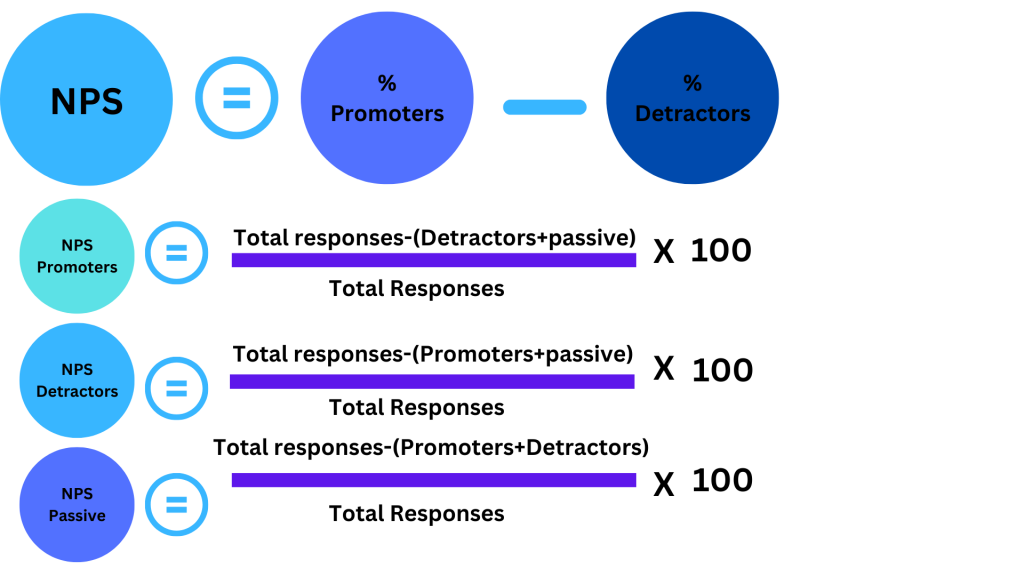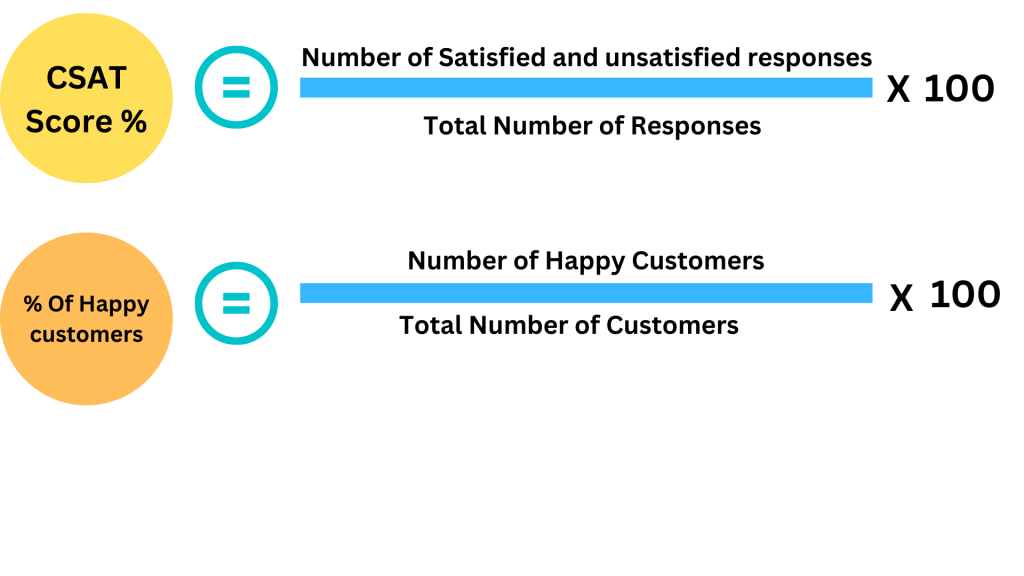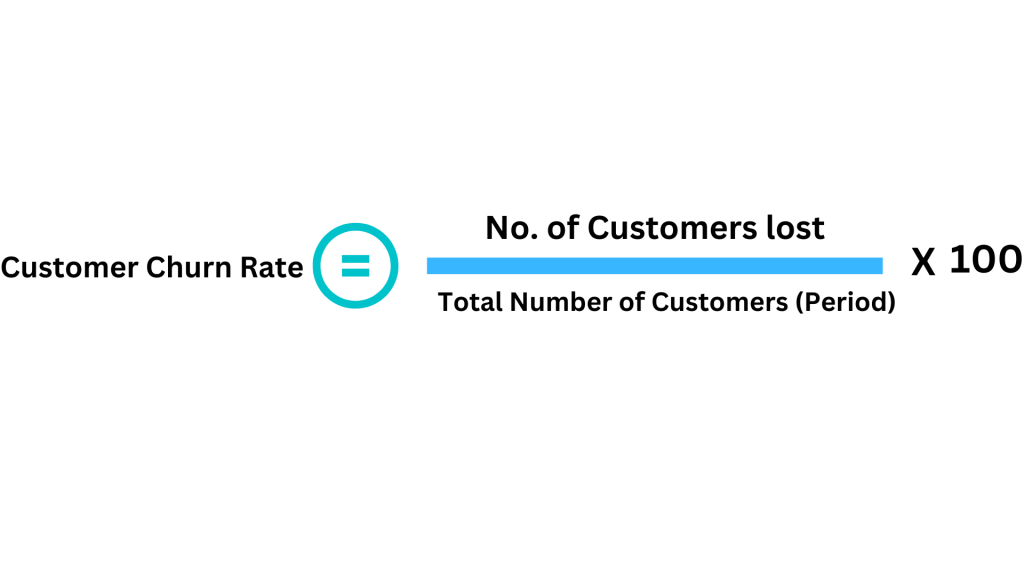Customer Feedback is Important for Customer Support. Through this article let us look at how important is customer feedback and its metrics. This will give you an idea of the importance of customer support in customer feedback.
Customer Feedback is Important for Customer Support
It is a fact that one negative customer feedback may cost a firm 22% of its customers. Adverse feedback leads not just to client loss, but also to a destroyed brand image.
It will lead to lower customer acquisition and bad word of mouth. This is where the gravity of client feedback for a firm comes into play. More than 52% of customers worldwide agree that organizations must respond to their feedback, making it critical for business firms.
Positive and negative customer feedback is equally important for any business. This allows you to provide best in class customer service while also building their products or services. In this blog, we will go over the importance of customer feedback in giving personalized customer service in depth.
What is Customer Feedback in Customer Support?
Customer feedback is the replies or views made by customers, whether positive or negative. This will depend up on their satisfaction with a particular product or service.
The primary goal of collective customer feedback is to assess customer happiness and the potential of product upgrade.
Obtaining consumer feedback can assist you in understanding how your customers feel when you involve them with your brand. In addition, your customer service personnel will learn new strategies to provide a better client experience.
For example, NPS scores can track customer brand sentiment quarterly while checking their comments. This will allow you to fine tune various aspects of the business.
List of Customer Feedback Channels in Customer Support
You may collect client feedback from the many communication channels. You can link these channels with your business by setting up an omnichannel platform in your customer care services.
Collecting feedback from client engagement is critical, whether it is through a social network discussion or a phone call. The following are the most popular channels for gathering consumer feedback:
• In-app • Website • Social Media • Email • Voice Calls • Third-party websites
Customer Feedback Is Critical for Customer Support
Client feedback has the potential to increase revenue and customer acquisition. Companies that focus on their clients, on the other hand, gain more than those that focus on their products. Let’s go over the top reasons why client feedback is beneficial in customer care.
1. Identifies Areas of Product Improvement
Businesses may have greater knowledge in the domain in which they operate. They will achieve success when they combine that experience with consumer insights. Customer feedback will aid in the improvement of areas where your firm falls short in terms of products or services.
Listening to clients will result in greater customer service by going with their aims. Your Customers will be happy as you solve problems and respond to their needs. It is vital to listen listen to your consumers. This will allows you to design a stronger product range that meets their wants. Your customers will feel happy when you are listening to their voices.
2. Helps in Decision Making
Listening to your customers’ ideas and input will help you better understand them while meeting their expectations. Customer insights assist in making generous business decisions in terms of increasing your brand’s worldwide visibility and improving your products.
Businesses always take customer feedback seriously at all levels of the organization. This allows them to create goods, manage customer happiness, and steadily enhance customer service.
3. Improves Brand Credibility
Favorable client feedback is critical for organizations nowadays. It not only covers the bad options but also assists firms in developing a positive brand image. More than 90% of shoppers nowadays examine brand testimonials before making a purchase choice.
Customer reviews also serve as social proof of how customers value the brand. This improves the products’ and services’ trustworthiness, credibility, and integrity. Customer reviews and opinions are very important to the brand because they help customers make buying decisions.
4. Better Customer Service
Companies should constantly put forward the client centric digital marketing techniques in order to provide a superior customer experience. This is done while making the most out of customer insights and views.
You can simply provide your clients with best-in-class customer service if you provide them with a platform. You can use this space to listen to them and respond based on their thoughts. It will not only create a differentiator in terms of customer experience, but it will also gain an advantage in the market.
5. Enhances Customer Loyalty
Listening to customer feedback has a direct influence on customer buying decisions, which leads to more brand loyalty. You have to nurture the Customer connections by listening to their thoughts and solving their issues. It will instill a better brand image in the minds of customers, giving positive word of mouth promotion.
Consumers always appreciate brands that inquire about their happiness with their products or services. It makes a significant difference in customer happiness while building the brand loyalty.
6. Reduces Customer Churn
Businesses that normally solicit client feedback always have a larger score edge than those that solely focus on their products. Customers who are happy with a product or service will recommend it to others. If your clients are not happy, they will move to a different brand and spread bad word of mouth.
Collecting customer feedback will help reduce customer churn by providing continuous customer support. The support will answer their questions and recommends better products based on their needs.
7. Measures Customer Satisfaction
Customer loyalty and happiness are critical factors in building up corporate performance. It will also help in low working costs, giving better customer service, wider market share, and more revenue.
Customer satisfaction scores and net promoter scores are two methods for gauging customer happiness. As a result, customer feedback is critical in order to acquire enough knowledge to easily measure customer happiness.
8. Upgrades Customer Journey
It is critical to conduct an in depth examination of customer visons. You must also collect their feedback in order to take in the full customer experience. Collect direct client input across all communication channels.
Responding directly to customers is a smart technique that business firms should set up to increase the customer journey. It will increase good brand wisdom, which will lead to more sales.
9. Validates Buyer Personas
You need the buyer personas for framing a brand’s marketing activity. One important thing is that you have to stop making guesses while setting up the customer personas. It is better to collect customer data and insights via talks and feedback to approve them.
Sending feedback surveys might assist you in storing on point information about your clients’ knowledge of your brands. As a result, you can confirm the customer profiles and tailor your marketing correctly.
Customer Satisfaction Metrics and Customer feedback
Surveys are an effective tool to gauge client satisfaction. However, it is not as simple as that. The key to gauging it is to ask the correct questions of your customers.
Without the correct questions, the replies may not provide you with the right information. You won’t be able to identify areas for development or address them unless you have the right data.
Here are six important measures for gauging customer happiness and how to collect data for them.
1. Net Promoter Score (NPS)
Net Promoter Score (NPS) measures loyalty. It will ask your customers if they would suggest your brand to their friends and family. It is done based on replies to the question:
Given your overall experience with our organization. How likely are you to suggest our goods and services to family, friends, and colleagues?
Based on the response, the following client kinds:
- Detractors: Customers who rated you between 0 and 6 come under this group. They are not loyal and are prone to spread the bad word about your brand.
- Promoters: These are your most loyal customers, who gave you a rating of 9 or 10. They will spread the word about your company to their friends and relatives.
- Passives: Customers who gave you a rating of 7-8 will fall under this group. Passives are in the middle of the two types. They will not promote your brand to others, but they will not prevent their friends and coworkers.

To know your NPS, just subtract the number of critics from the percentage of promoters. Your NPS will range from -100 to 100. This will be based on how your customers value your brand and how loyal they are to it. While NPS tells you where you stand, it does not explain why you got that score.
You can do this by adding a question following the NPS inquiry and further survey it with your customers. NPS+, or Advanced Net Promoter Score, assists you in doing precisely that. View our article to learn more about the applications and benefits of NPS+.
2. Customer Service Satisfaction (CSS)
CSS judges your clients’ happiness with your after sales support. You can measure the CSS by asking feedback from clients every time they connect with your company. This can be done through the use of forms, pop-ups, live chat, or online surveys. These surveys can include a normal rating system as well as a few questions if desired.
Keeping them in tune will allow you to examine trends and patterns over time. This will assist you in picking out and sorting areas for upgrade. While customer service satisfaction may not provide a complete picture, it does assist in picking out usually requested questions and problems.
3. Customer Effort Score (CES)
Some products or services may be difficult to use and need great effort on the part of the client. The Customer Effort Score (CES) determines how easy it is to use your products or services.
CES surveys are designed to save work while building loyalty. Depending on your goals for the research, you may be asked follow up questions.
Loyalty reduces when the effort required to utilize your service or product increases. The goal is to make use as simple as possible. They may never return to your store. Being alert to customers, guiding them, and seeing their wants and expectations would be helpful.
4. Customer Satisfaction Score (CSAT)
The Customer Satisfaction Score tells you whether or not your consumers are satisfied. It gauges happiness with a rating scale inquiry. This scale asks survey respondents to assess their degree of satisfaction with their product or service.
The rating scale might range from 1 to 10, 1-7, or 1-5. CSAT is found by dividing your total number of customers by the number of happy customers.
Customer satisfaction surveys done at the point of contact provide extremely true and on the point data. The responses are sincere and frank, and the response rates are high.

5. Customer Health Score (CHS)
Customer health shows whether or not your customers will stick with you over time. Unlike other CSAT meters, this one picks out behavior patterns across time. It is determined by factors such as:
- Product usage period
- Product type (license level – free or paid)
- Number of talks with the support team
- Money spent with your brand
- Their desire to answer your surveys
These are only a few significant factors that may change with organization and the priority given to them. The goal is to use these changes to allot your customers as weak, healthy, or at risk.
6. Customer Churn Rate (CCR)
The customer churn rate (CCR) is the number of customers lost by your company over time. It is critical to keep your current clients since it might cost more to recruit new ones.
Monitoring your CCR allows you to identify any patterns that may have an impact on your business. After taking the data you can take effective efforts to reduce sales. Calculating churn rate is easy.
First, define your counting period, such as a year. Subtract your customer count at the end of the year from your customer count at the beginning of the year. CCR is found by splitting this figure by the number of customers at the beginning of the year.

Measuring CCR is not the end goal. Once you have that information, you must seek more data that is in charge of it. After that, you have to determine what steps may be taken to reduce it.
To Sum up
If you actually want to provide a smooth client experience, the first step is to get to know them. This can be done by getting customer feedback. It gives you large scale details into the areas that need to be better. It will also give you a clear picture of what went wrong with your product placement and promotion.
If you’re searching for a known company to outsource your customer support services to, Bobcares is the place to go. Customer insights are taken seriously at Bobcares so that you can provide superior customer service and acquire more customers quickly.




0 Comments